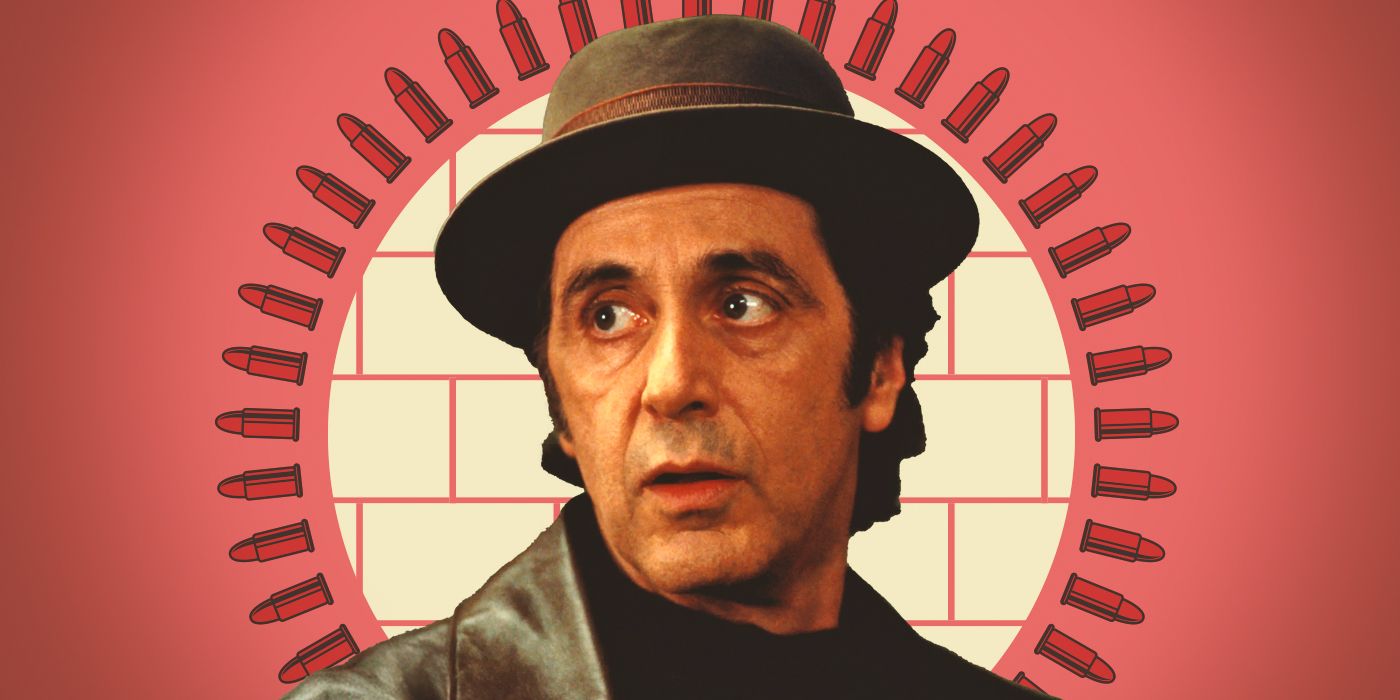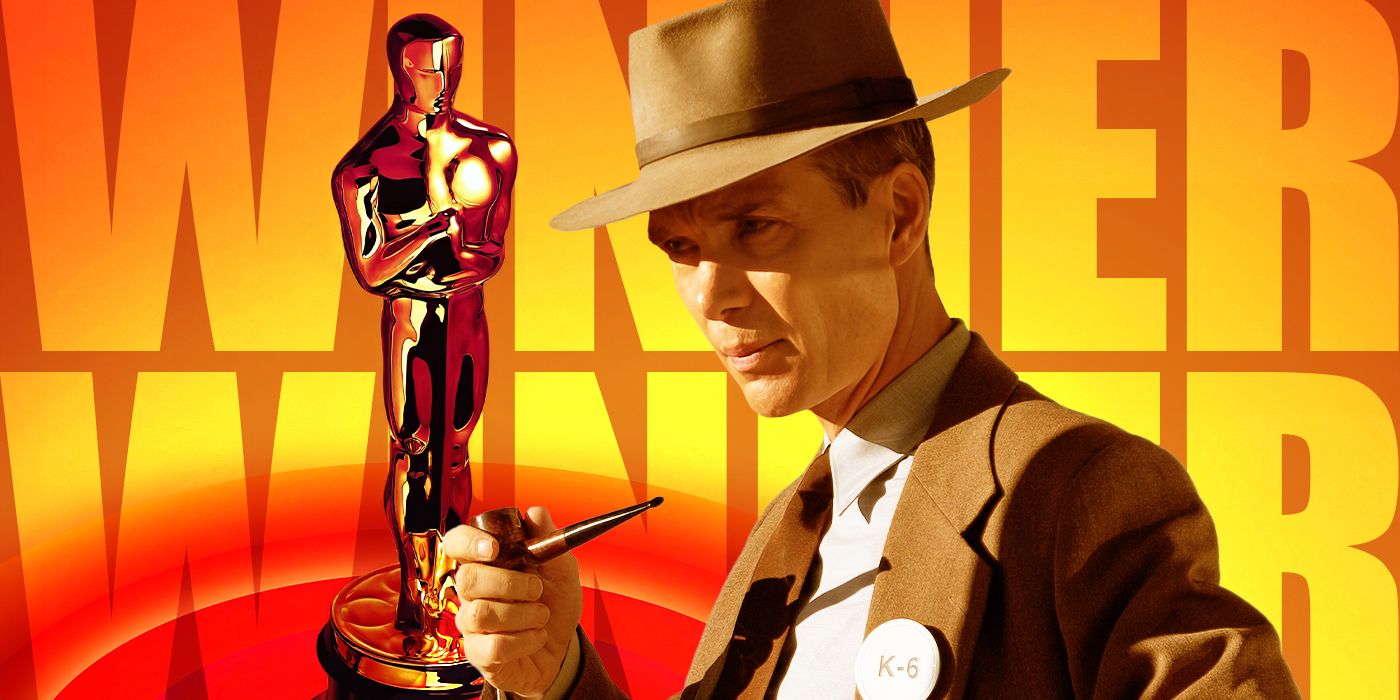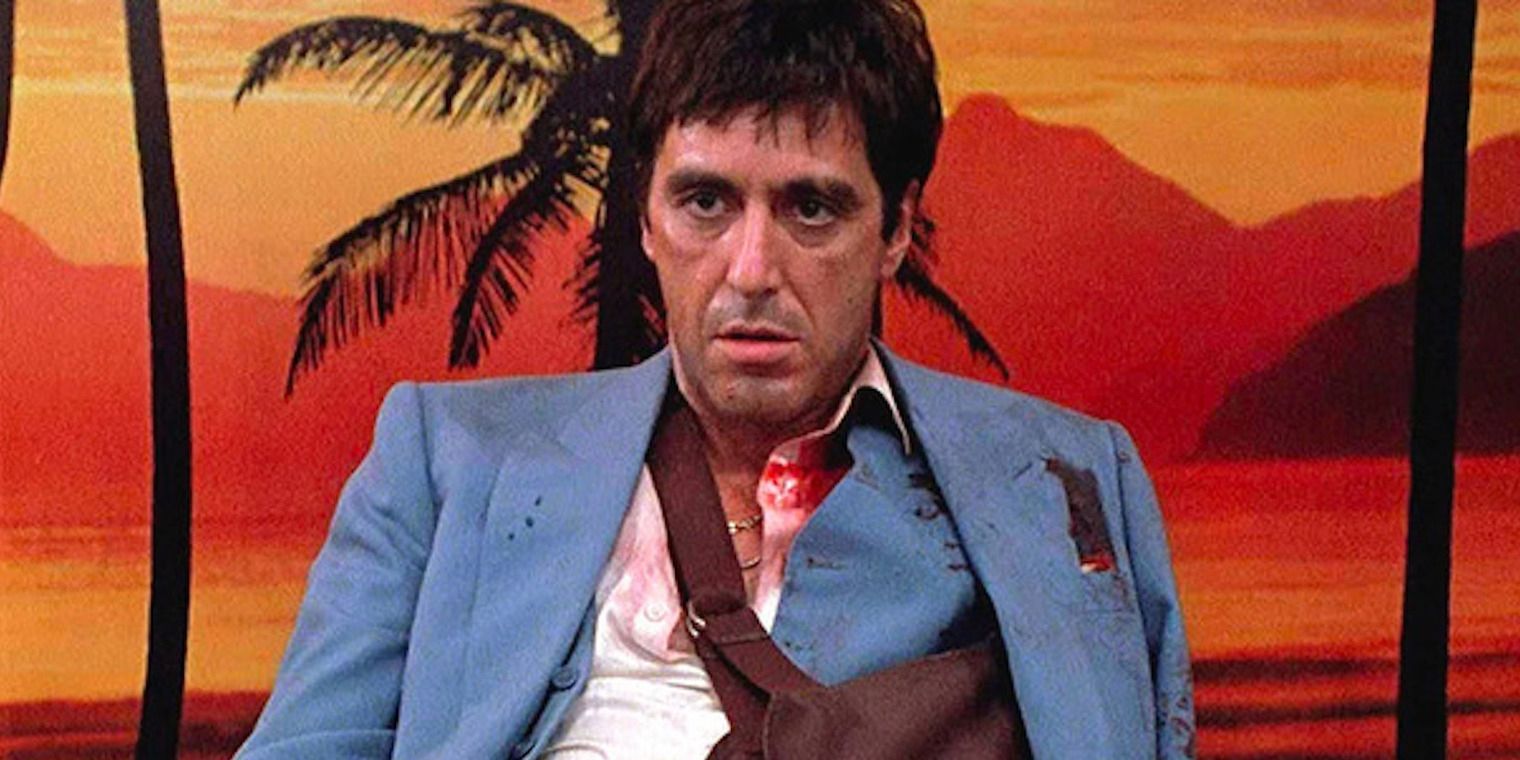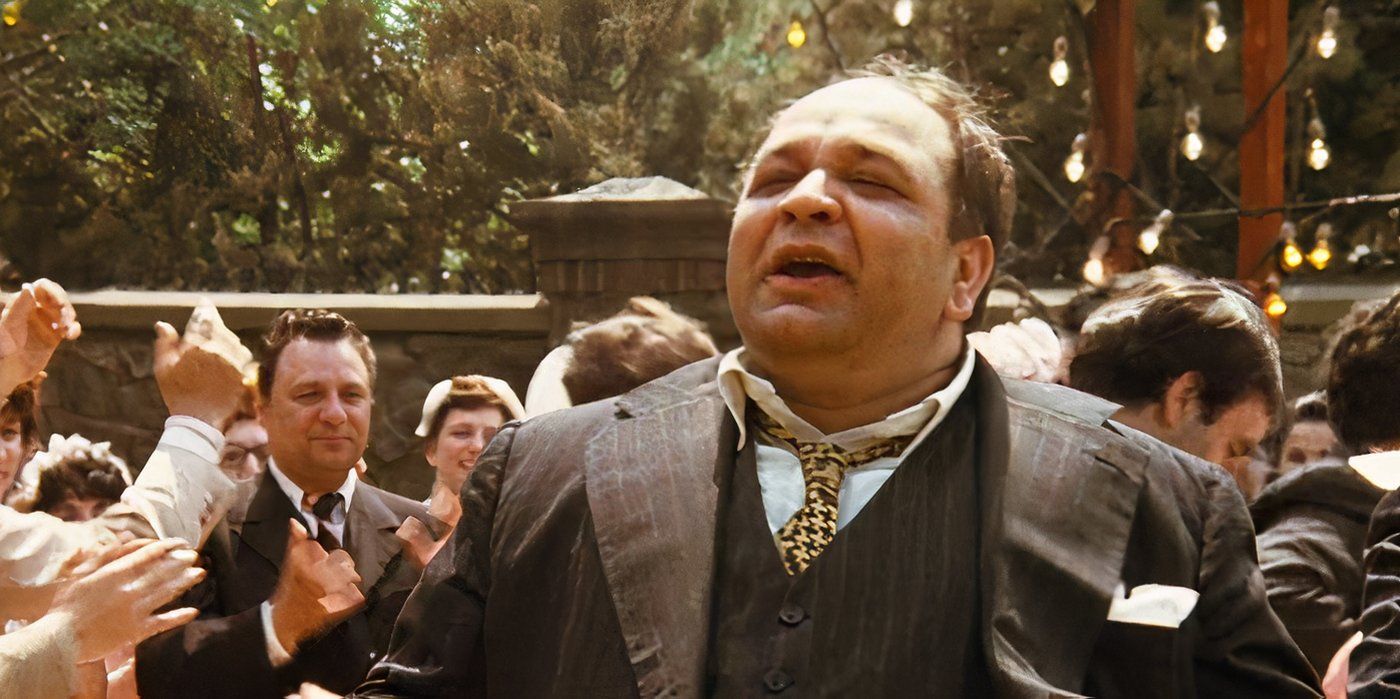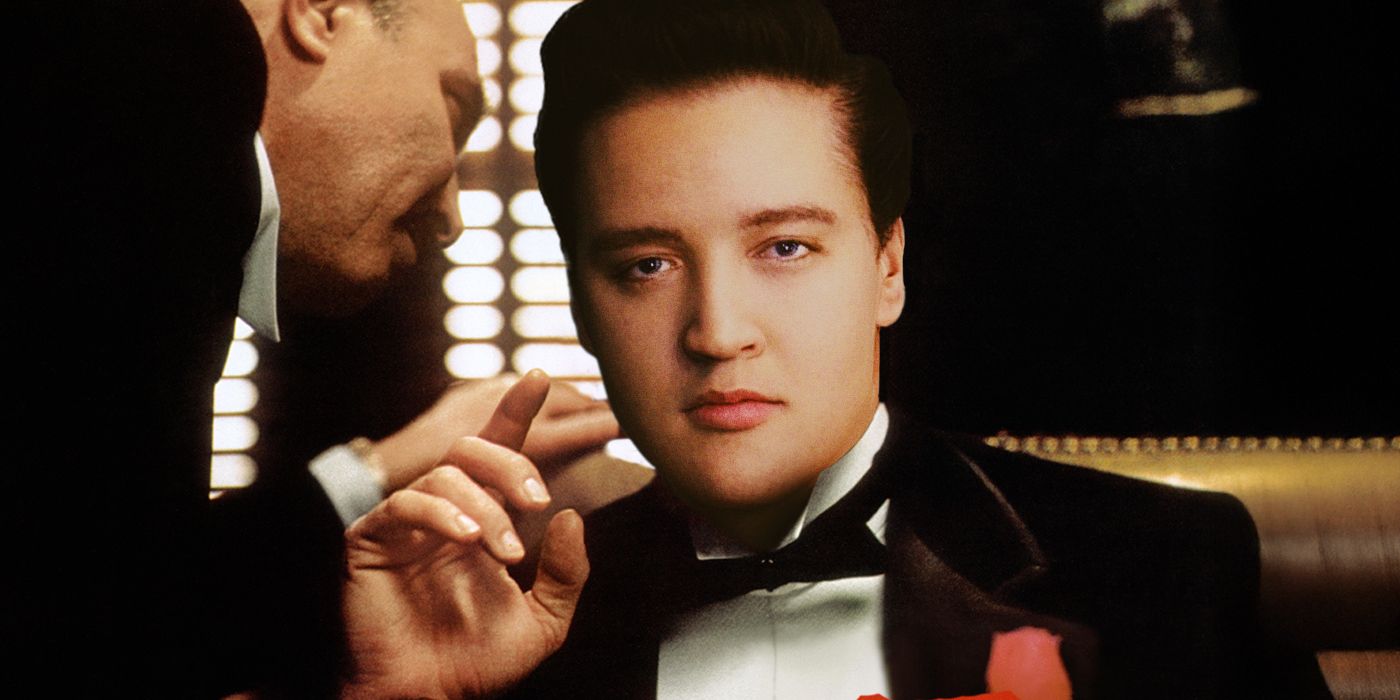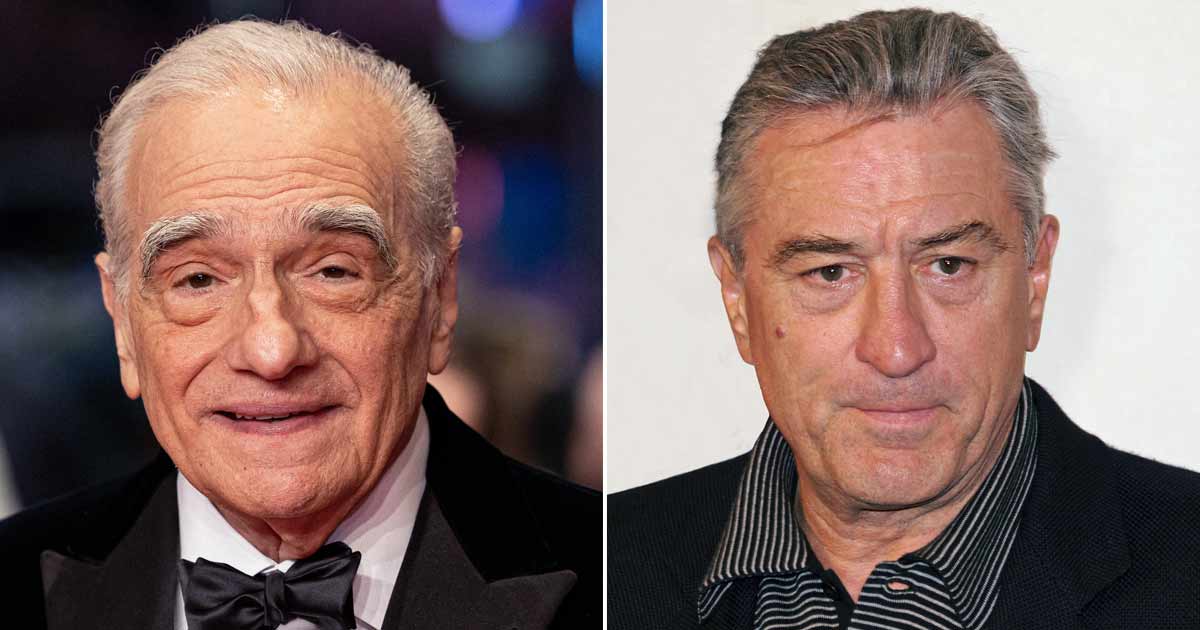The 1983 remake of Scarface is best remembered for Al Pacino’s iconic performance and the grand operatic direction of Brian De Palma. Its impact on pop culture has been stamped on hip-hop music, fashion, and video games like the Grand Theft Auto series for the past four decades. It's impossible to say whether the film's legacy would be as impactful had legendary director Sidney Lumet helmed the movie.
Known for his eye for authenticity and real-world storytelling, Lumet had already helped to establish Pacino as a movie star with his Oscar-worthy performances in Serpico and Dog Day Afternoon. Both films allowed the actor to play memorable eccentric outsiders as Lumet injected social themes such as abuse of power and media sensationalism into the movies. While Lumet’s vision for Tony Montana’s rise and fall story was not realized, his ideas to deviate from the 1932 film made him an unsung influence on Scarface’s legacy.
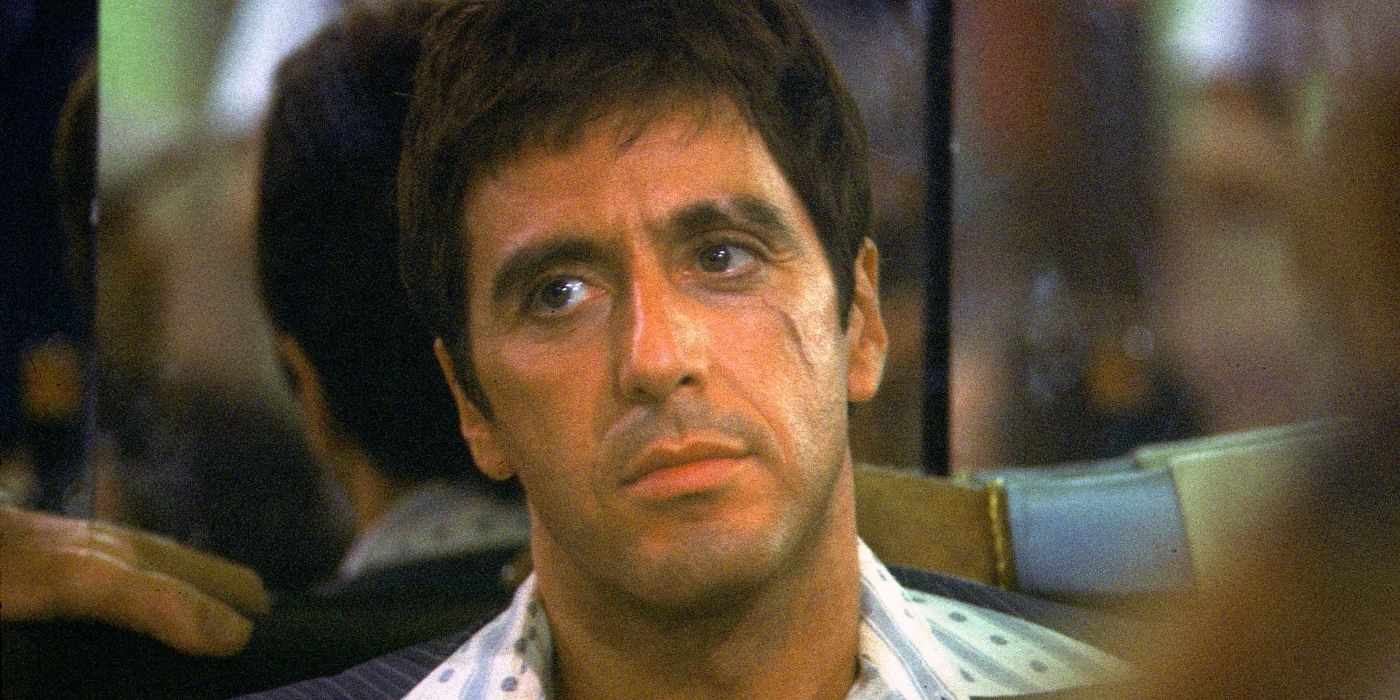
In his memoir Sonny Boy, Pacino revealed his interest in the Howard Hawks 1932 gangster drama after attending a special screening at Los Angeles’ Tiffany Theater. The original movie’s theme of an ambitious immigrant pursuing the American dream with violence has remained relevant in the decades since. Its main character, Tony Camonte, has identical character traits to Pacino’s Michael Corleone in The Godfather, including their rise to power within the criminal underworld and their increasingly fractured relationships that leave them doomed to peril.
Working with his longtime manager and producer Martin Bregman, Pacino approached Lumet and original screenwriter David Rabe (Casualties of War, Hurlyburly) to put together a remake of Scarface set in the same period as the original’s St. Valentine’s Day Massacre setting of the 1920s. However, Lumet saw a greater opportunity to reflect the politics of the Reagan era by shifting the story away from '20s Chicago to modern-day '80s Miami. Lumet and Rabe changed the title character from an Italian immigrant to Tony Montana, a Cuban refugee cast out on the Mariel boatlift as part of a large ethnic cleansing effort by Cuban President Fidel Castro. From there, the key beats of the original story were retained — Tony’s violent rise to power as a high-profile crime boss, his pursuit of the woman of his dreams, and his paranoid jealousy over any man who showed interest in his young sister.
The version of Scarface Lumet had in mind was nowhere near the over-the-top stylized crime drama that De Palma ended up bringing to the screen. In the same memoir, Pacino recalls how Lumet "wanted to make the film grounded and realistic and invest it with themes of social consciousness.” In updating the original story, Lumet and Rabe switched up the prohibition era with the rise of the cocaine empire of the '80s. In essence, Scarface was to be a commentary on America’s contradictory war on drugs, with Lumet pointing the cause of the epidemic to the Regan administration. Similar political themes would be raised in future projects such as Kill the Messenger, American Made, and FX’s Snowfall.
Though Lumet's vision for Scarface had the potential to be as gritty and socially aware as his previous collaborations with Pacino, his ideas were in contrast to producer Martin Bergman. Pacino was coming off a string of critical flops, including the detective thriller Cruising and the romantic drama Author, Author. Additionally, The Godfather films had already layered political subtext within the larger crime family saga. A talent like Pacino needed something worlds apart from any crime movie he had done previously. As a result, Lumet was dropped in favor of De Palma’s inevitable vision of a grand rise and fall tale filled with excessive drugs, fashion, murder, and lust.
Scarface remains Pacino’s favorite of all the characters he has played in cinema. His unforgettable performance, De Palma’s larger-than-life direction, and the rewritten 300-page screenplay by Oliver Stone remain etched in the minds of audiences around the world — except for Lumet. In a 2024 interview with The New York Times, Pacino recounted a meeting shortly after Scarface’s release where his original director criticized him for accepting the De Palma direction, “Sidney Lumet said ‘Al, how do you go in there and do that crap?’ He was so mad. I kept thinking, I don’t feel that way. I love their passion.”
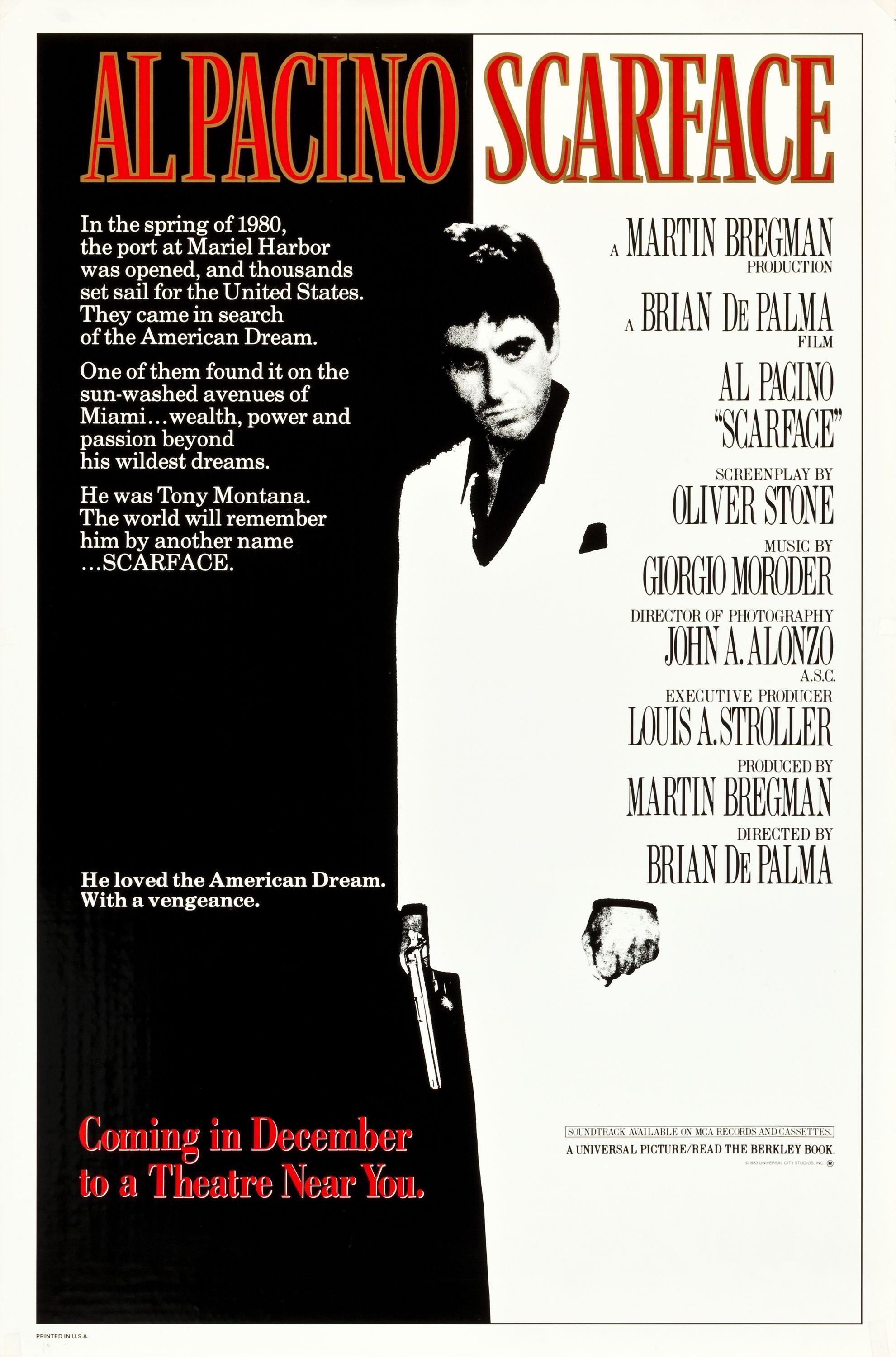
Scarface
- Release Date
- December 9, 1983
- Runtime
- 170 minutes
- Director
- Brian De Palma
- Writers
- Oliver Stone, Howard Hawks, Ben Hecht
